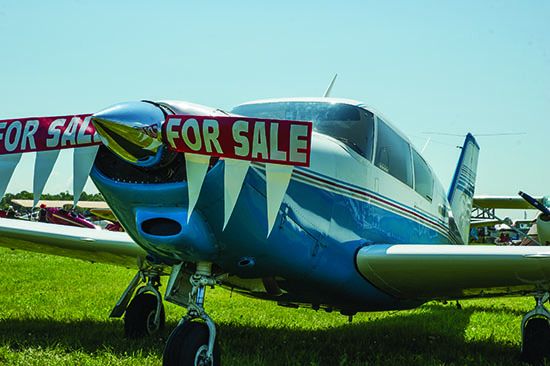When I showed up all those many moons ago for my commercial checkride, there was a last-minute snag. To conserve funds, I had been flying a Piper Warrior II for the maneuvers and other elements of the practical test standards in use at the time, and a Piper Arrow II for the complex-airplane portion. (This was long before the recent rule change eliminating the need for a retractable-gear airplane.) On the day my checkride was scheduled, the Warrior was ready to rock but the Arrow II was down for maintenance. All was not lost, however, as the FBO had a then-brand-new Turbo Arrow IV they’d let me use at the Arrow II’s rental rate. Only one problem: I had never flown a Turbo Arrow IV.
I had flown a lot of Arrows, mainly the Hershey-bar-wing Arrow II, but also the tapered wing, T-tail airframe of a normally aspirated Arrow IV. I had also flown the IV’s turbocharged engine, in a Piper Turbo Dakota. Could I put together the two skills and get through the checkride satisfactorily in this T-tail, turbocharged beast? The examiner agreed to cut me some slack in the new airplane, so off we went. Other than landing fast in fear of losing pitch authority, I got through it. That airport now is a McMansion subdivision and my commercial SEL hasn’t been revoked. Go figure.
That’s a pretty extreme example, but whether you just bought it, whether you’re renting the FBO’s newest arrival or whether you’re just out playing around in the right seat of a friend’s airplane, there inevitably will be a time when you are not familiar with the airplane. If you want, as you should, to competently and safely fly that airplane, you need to dig into its background.
HOMEWORK ASSIGNMENTS
To truly become familiar with a specific airplane, you have to fly it a lot. How much is “a lot” depends on its complexity and whether you’re already familiar with an airplane of similar performance, systems and limitations. You also have to pay attention to what the airplane tells you, through its overall condition, instruments, performance and “feel”—the way it flies. But you start with the manufacturer’s reference materials: the pilot’s operating handbook (POH) or the airplane flight manual (AFM). Don’t forget the equipment list and associated reference materials.
How you accomplish this homework assignment can vary, but it usually comes down to four main areas: limitations, normal-procedure checklists, emergency checklists and systems descriptions. For a glider or simple airplane like a Cub or Aeronca, going through these materials might require a couple of hours. For a high-performance single or a twin, it’ll certainly consume an evening, probably more.
Any airplane more complicated likely will require at least a weekend, preferably with type-specific ground school and some in-flight work. And that’s just to be relatively competent—which can be translated as you probably don’t want to launch into low IFR on your first couple of flights.
How much training will it take before you are competent and safe? Pilots and instructors often think a transition of this sort can be defined as requiring some specific number of hours of training, whether on the ground and/or in the air. That’s wishful thinking, but it’s often the only objective metric we have with which to measure how much training we need. The real answer is two-fold. First, you can never get enough initial training in a new-to-you airplane. Second, it will take several flight hours as PIC to become comfortable. Competent and safe usually are achieved soonest, but “comfortable” in my definition means “stress-free.”
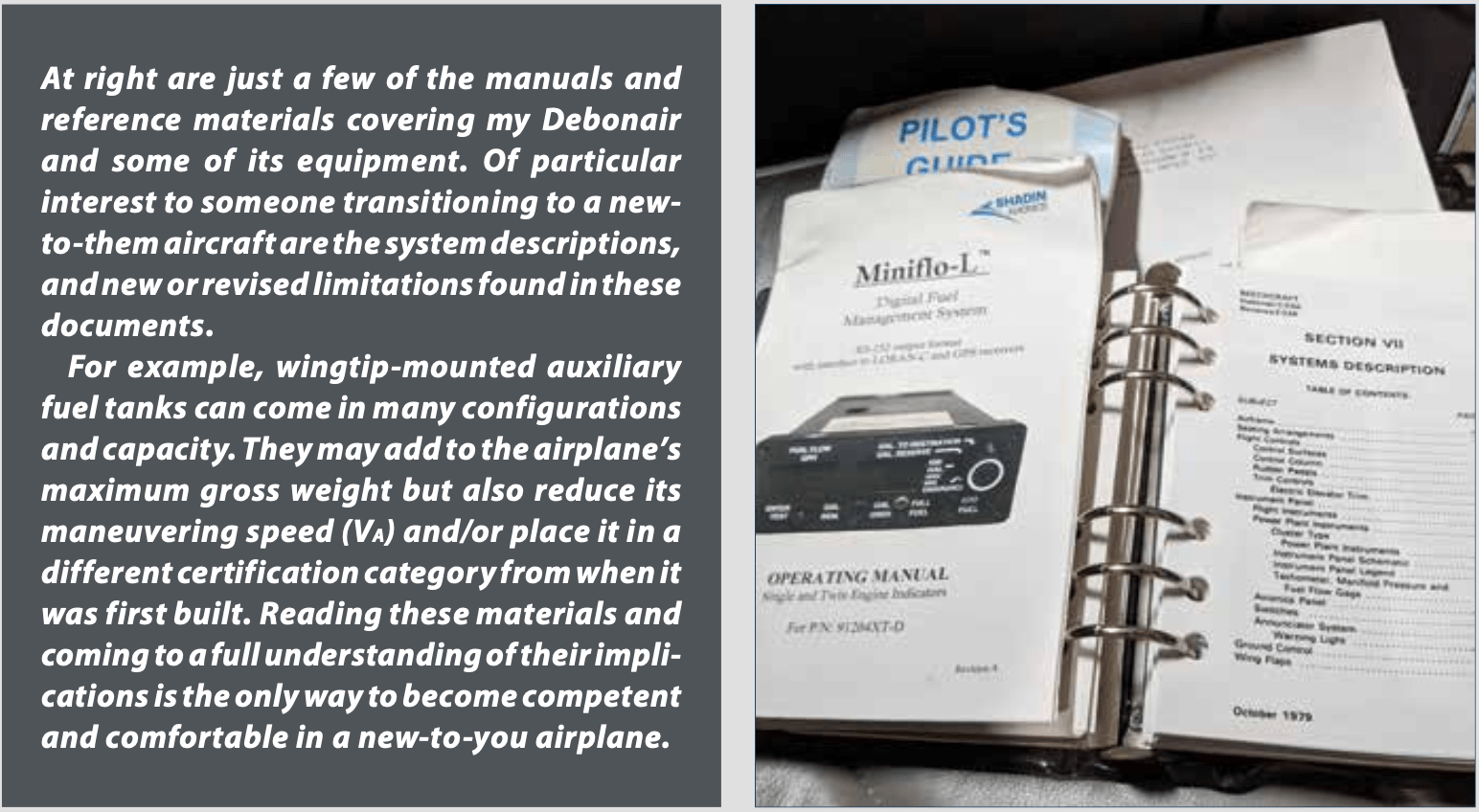
TRAIN FOR HOW YOU USE IT
If you’re doing this right, some dual instruction will be necessary, if only for moral support. The reality is we only get comfortable in the airplane after flying it several hours in the way we intend to use it. If we plan to travel with an instrument rating, for example, we need to get a few trips under our belt before arriving at a high comfort level. The training for that usually will involve shooting multiple approaches with a CFI and/or safety pilot. That’s well and good and necessary—especially if it features advanced automation—but getting comfortable in it requires training in it as you plan to fly it.
For a cross-country airplane, that means flying it cross-country, not just knocking around in the local area. You need to get some air under the wings by climbing to altitude, setting up your preferred cruise configuration and letting the airplane settle into its routine. Along the way, you’ll also find your own routine to settle into, which can involve but isn’t limited to power settings (including rich or lean-of-peak EGT), airspeeds and climb rates at light and heavy loads, fuel consumption, fuel management and a host of other factors you can’t really experience without doing them.
On the other hand, if you’re mainly into $100 hamburgers, aerobatics, giving Young Eagle rides or some other activity, you should do that. Although we do recommend the long cross-country as a way to become familiar with the airplane in almost all of its modes and capabilities, you should train, practice and become familiar with the airplane based on how you plan to use it.
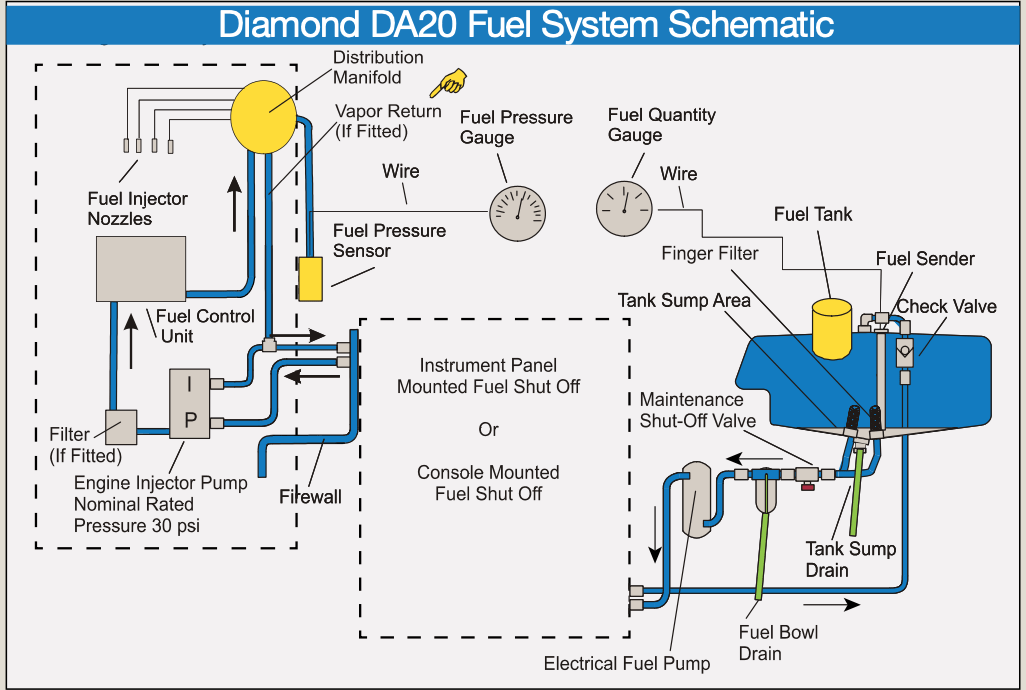
Systems Knowledge: What If?
Even if you’ve flown the type before, you probably should sit down with the new-to-you aircraft’s reference materials and look through them before your first flight. There can be, and likely are, differences.
For example, a relatively young Cessna 172M or N model may look almost identical to the 172R, but it’s not. Arguably the most important change is replacing the 172N’s carbureted Lycoming O-320 with a fuel-injected IO-360 of the same horsepower. Why? For one, the IO-360 comes with an electric fuel pump, something previous 172s lacked. For another, the fuel system differs because of the injection system.
Early Bonanzas are another example, at least when compared to their later (and younger) siblings. Those first Bos always returned excess fuel from the fuel-injection system to the left tank, no matter which tank was selected. Later Bonanzas routed that fuel to the tank in use. Someone accustomed to the later models won’t know to burn from the left tank first, to make room, otherwise the excess goes overboard.
But beyond looking for the obvious differences to the aircraft with which you’ve become familiar, think about the what-if questions. For example, “what if” you run a tank dry? Yes, you can retrieve and use the checklist, and probably should, but you should already know activating the boost pump is on it. If you’ve already turned it on and switched tanks, you’ve already accomplished the important engine-stoppage checklist items.
AIRWORK
It all starts with airwork, of course, with a qualified instructor. Yes; with enough experience in other, similar airplanes, you can do some or most of this on your own. But you’ll be missing a critical feature riding with an instructor provides: impartial critique. Regardless, you should contemplate a full range of maneuvers, drills and exercises, including power-on and -off stalls, accelerated stalls, manual landing-gear extension, an emergency descent, short-field, soft-field and power-off landings (yes, even in a twin) and inadvertent door openings, to name a few.
There are two principal completion standards you should be working toward. The first is FAA-approved: the maneuvers and tolerances commensurate with your highest certification level. Yeah, if you’re rusty, it likely will require multiple sessions to relocate your groove, but you’ll know you can pass a checkride in your “new” airplane. That ain’t nothing.
The other standard you should work toward is one in which the maneuver’s outcome is never in doubt, one hailing from the superceded practical test standards. Smoothness counts here, but so does planning and systems knowledge. It helps to know what you’re going to do before you need to do it, and one of the best ways to achieve that goal is to study the systems descriptions.
You’ll probably want to approach this airwork with some caution and planning. Don’t dive into stalls without some slow flight first, for example, or immediately work on maximum-performance takeoffs until you’re proficient with normal ones.
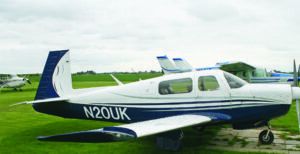
When looking for training, one issue is finding a qualified instructor. Presuming your favorite flight instructor is qualified in the airplane, he or she would be a good place to start, of course.
But to really poke around at the limits of a new-to-you airplane’s flight envelope, it helps to have someone who’s done it before.
Every type club worthy of the name has some sort of transition training program, even if it’s only a couple of YouTube videos. We’ve given the Bonanza Pilot Proficiency Program (BPPP) strong recommendations in the past and the same holds true for the organized training offered by other type clubs.
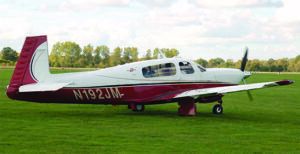
At a minimum, you may want to find a nearby instructor recommended by these and similar organizations, even if your personal instructor has experience with the specific type.
A great example is presented by the two Mooney M20s at right. The top image is of an M20F Executive 21, first certificated in 1966, with a 200-hp engine. At bottom is the M20R Ovation, certificated in 1994, with 280 hp. Yes, both models have their tail on backward, but would you really be comfy stepping from the Exec21 to the Ovation without some dual?
INSTRUMENT INDICATIONS
A close friend once expressed concern that his airplane’s engine wasn’t performing as it should. He fretted about whether it needed a close inspection or some exploratory time in the shop. One question he was asked as part of our troubleshooting had to do with the engine’s normal oil pressure reading. He didn’t know the answer. That’s after owning the airplane for a few years and hundreds of hours.
A lot of the instruments in older airplanes had their technological debut in something like a 1937 Buick. The temperature, pressure and fuel-level sensors aboard even some new-production airplanes aren’t complicated devices, but what they offer in terms of simplicity and ease of maintenance often is offset by their inaccuracy. They generally are reliable in a specific way: If the normal oil pressure reading is 40 psi at takeoff power, a drop to 30 psi—which you should notice—is a legitimate cause for at least a close examination.
What about instrument vacuum or pressure? What does it normally read at idle, in the run-up block or in cruise? A few years ago, I noticed mine had dropped from 4.8 or so in. Hg to 3.5 in cruise. It didn’t take me long to find a loose fitting.
Other instruments can alert us to a maintenance issue, airspeed for one. If your airplane is routinely indicating 140 KIAS on a typical day at 8000 feet, but today it’s only topping out at 135, something has changed. Yes, it could be the engine, but it also could be something very simple (and inexpensive) like a main-gear door that’s not fully closed, or a loose cowl flap linkage. Maybe the tachometer or propeller governor needs attention?
We’ve extolled the virtues of engine monitors quite often in these pages, but one thing often overlooked is their ability to store data for later retrieval and analysis. Dumping your engine data into a spreadsheet and graphing the results over time might not help you with a new-to-you airplane, but it can come in handy after a year or two of operation as a way of eliminating other problems or focusing in on a likely culprit.
We don’t go so far as to write down various data points on each flight, but having a solid idea of what’s normal and what isn’t goes a long way toward defining the difference between being comfortable in the airplane and being nervous. Unfortunately, that understanding only comes with time in the left seat, something you simply don’t have when flying a new-to-you airplane.
NOW GET TO WORK
It’s said that two of the best days in a pilot’s life is the day they buy an airplane and the day they sell it. That may be true, but in the meantime, we have to figure out how to wrestle the most value from our purchase, and that requires effort.
Jeb Burnside is this magazine’s editor-in-chief. He’s an airline transport pilot who owns a Beechcraft Debonair, plus the expensive half of an Aeronca L-16B/7CCM Champ.

